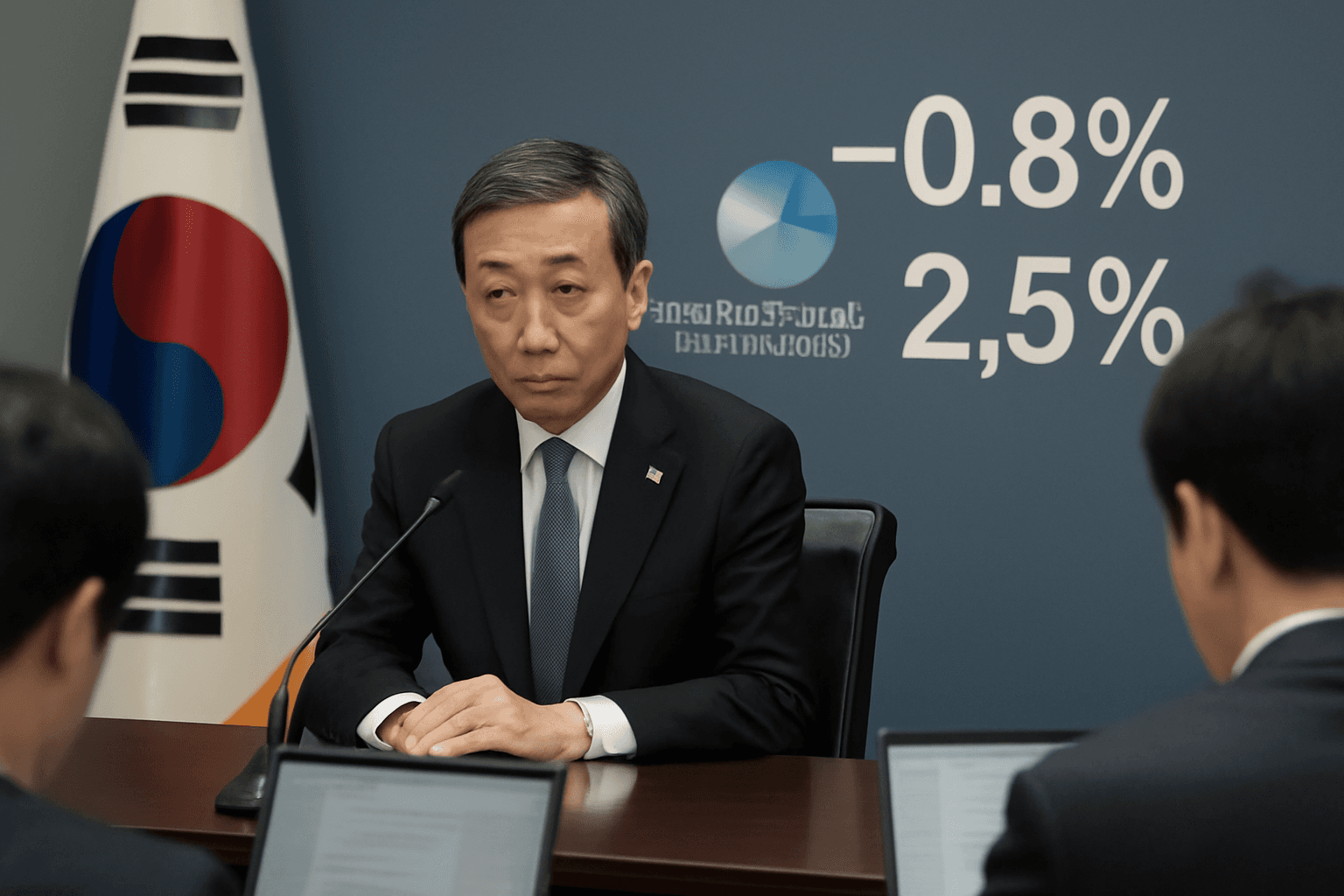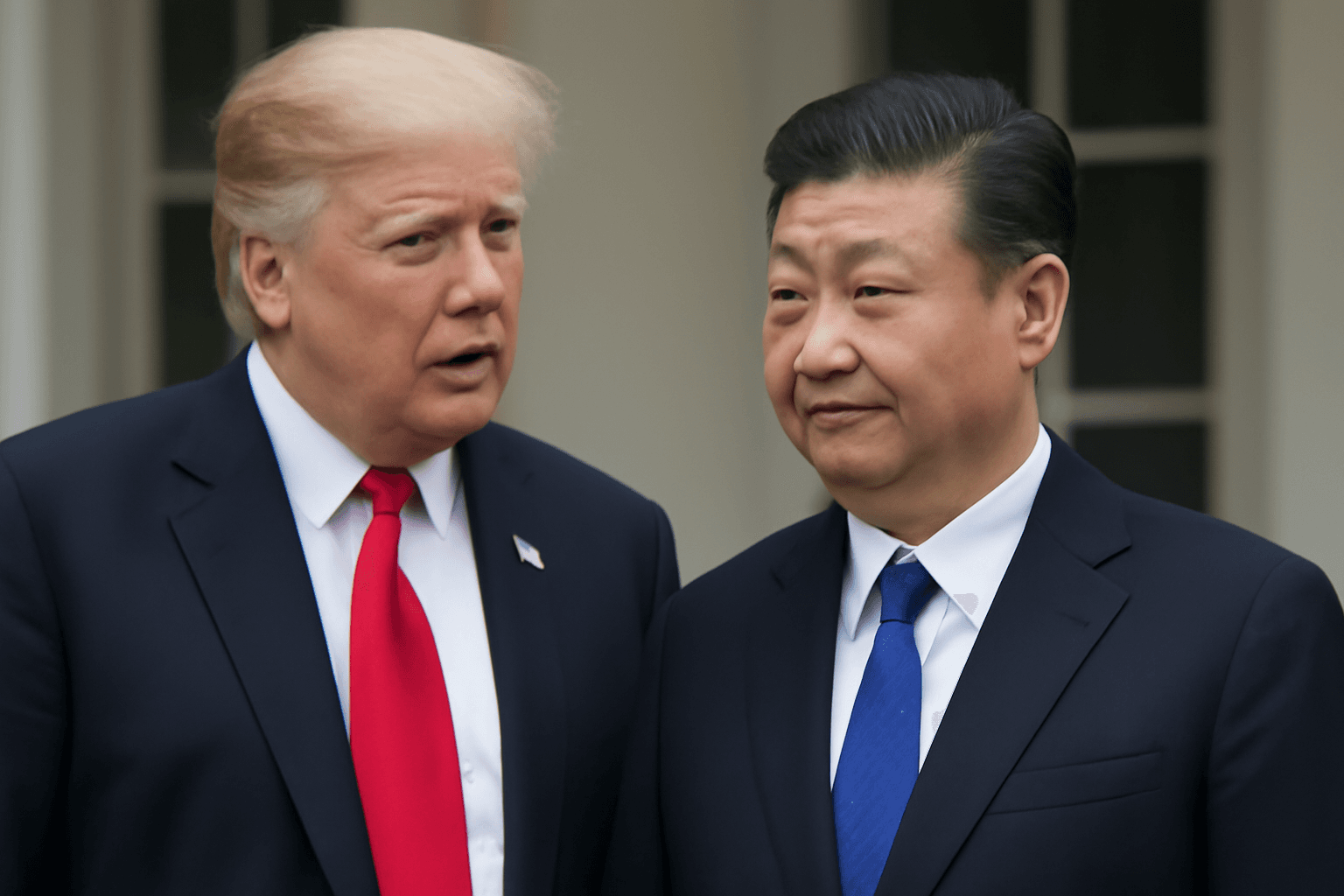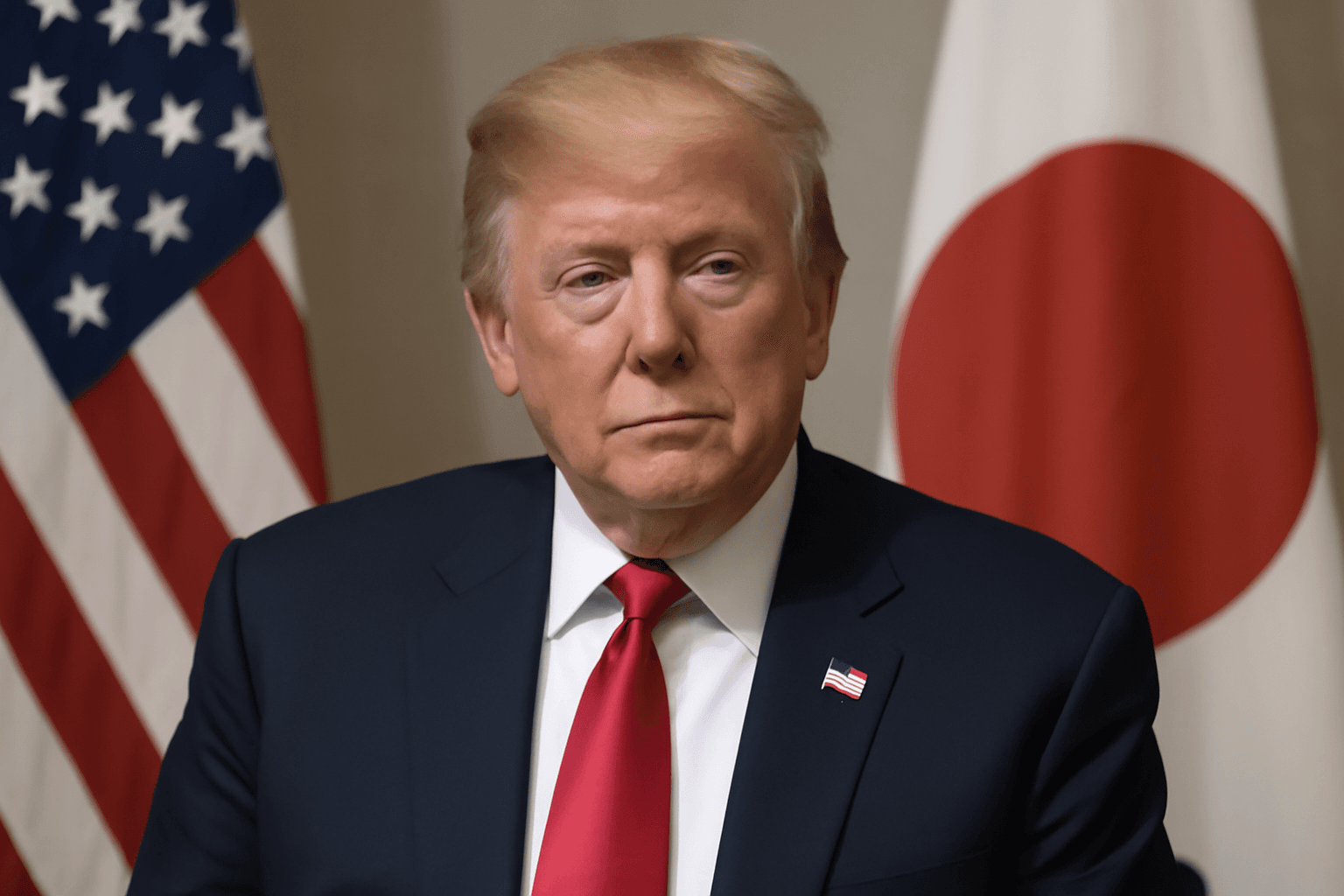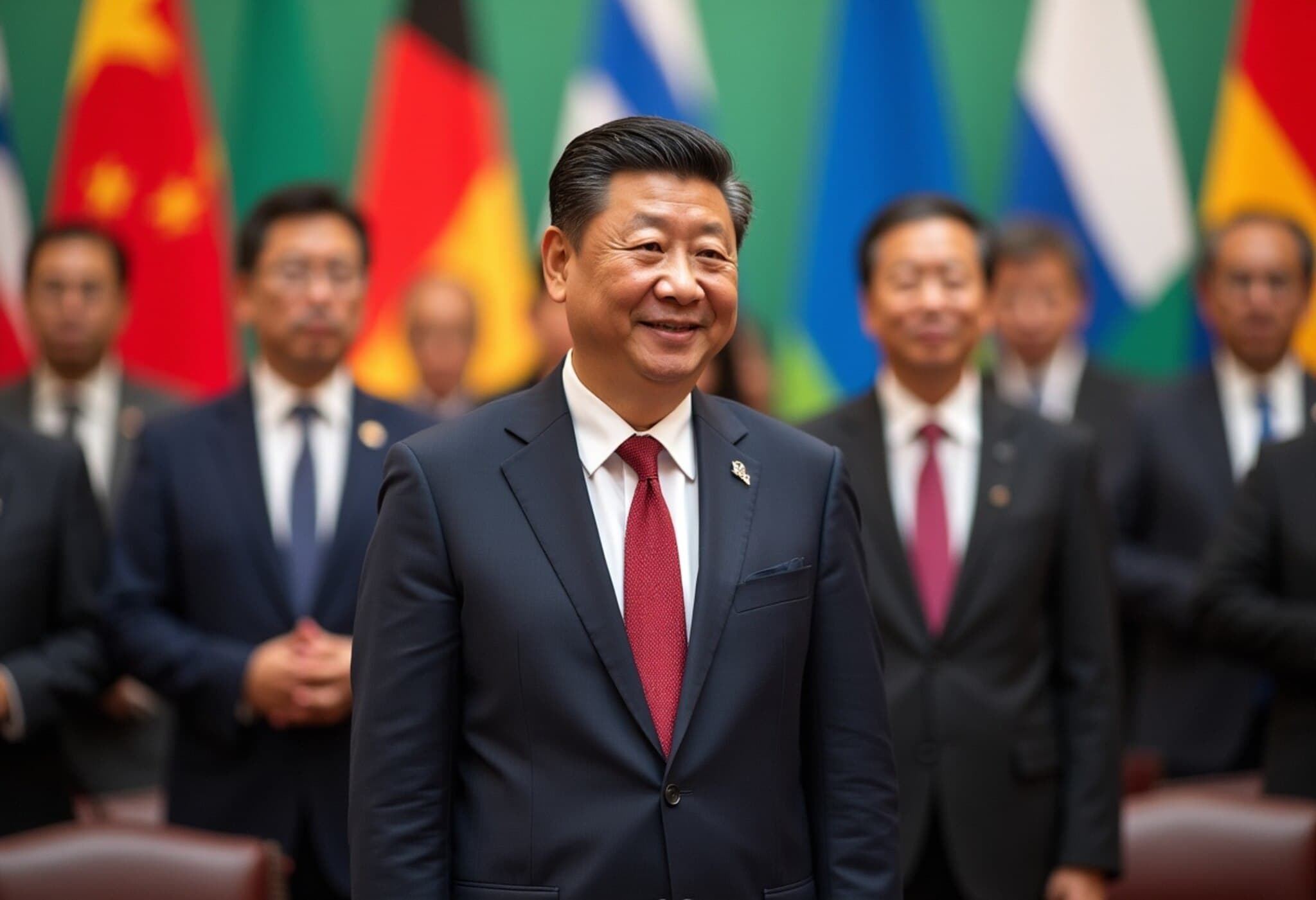Japan’s Economy Defies Tariff Pressures with Solid Q2 Growth
Despite facing significant headwinds from tightened U.S. tariff policies, Japan's economy demonstrated unexpected resilience in the second quarter of 2025. Official figures revealed a 0.3% expansion quarter-over-quarter, surpassing economists’ estimates of just 0.1%. On an annual basis, Japan’s GDP climbed 1.2%, underscoring steady economic momentum amid global uncertainties.
Net Exports Drive Growth, Offsetting Tariff Pressures
The surprising GDP uptick largely came from a positive contribution of 0.3 percentage points from net exports. While Japan grappled with new U.S. tariffs—specifically a 15% duty on all exports and an additional 25% on automobiles—the country's export sector still managed to keep the economy afloat. Notably, auto exports to the U.S. remain a keystone, accounting for over 28% of Japanese shipments in 2024.
Trade Tensions and Economic Outlook
The backdrop to this growth is a complex trade environment. Japan narrowly avoided a harsher 24% tariff announced on "Liberation Day" but has had to absorb recent steep tariffs targeting its automotive industry. This sector’s durability highlights how critical strategic diversification and supply chain adjustments have become for Japan’s exporters.
Following these developments, the Bank of Japan (BoJ) maintained a cautiously optimistic growth forecast, projecting a 0.6% increase for fiscal year 2025 (April 2025 to March 2026). However, it also warned that ongoing global trade frictions and policy uncertainties could slow international demand and reduce domestic corporate profits, signaling challenges ahead.
Why This Matters: A Closer Look at the Broader Impact
Japan's second-quarter performance, while encouraging, raises several key strategic questions:
- How sustainable is export-driven growth amid escalating protectionism? Japan’s reliance on the U.S. market exposes it to significant risks amidst shifting trade policies.
- What role can domestic consumption play in cushioning economic volatility? Historically, Japan’s internal demand has lagged, but boosting this could reduce external vulnerabilities.
- Can Japan accelerate innovation and supply chain diversification? As tariffs target specific sectors, adaptability in technology and manufacturing may become critical for long-term resilience.
These considerations are vital for policymakers aiming to navigate Japan’s economic course in a fragile global landscape.
Expert Insight: The U.S.–Japan Trade Dynamic in Focus
From a U.S. perspective, the imposition of tariffs stems from concerns over trade imbalances and protecting domestic industries, such as automotive manufacturing. However, Japan’s ability to maintain growth despite these barriers suggests a sophisticated adaptation strategy. Experts note that this underscores a broader trend where global supply chains are becoming more complex, and countries like Japan are leveraging technology and quality-focused exports to retain market share.
Furthermore, the situation highlights the delicate balance in U.S.–Japan relations: economic cooperation remains crucial, yet competitive tensions continue to shape policy decisions, affecting both economies’ trajectories.
Looking Ahead: Risks and Opportunities for Japan’s Economy
The path forward for Japan involves managing external risks while fostering internal economic vitality. Boosting innovation, encouraging domestic spending, and navigating trade policies with strategic diplomacy will be paramount.
Analysts watch closely how Japan’s economy will adjust to potential new tariffs and geopolitical shifts, especially with major global economies facing their own uncertainties.
Editor’s Note
Japan's modest but meaningful GDP growth in Q2 2025 amid rising U.S. tariffs illustrates the nation’s economic resilience and adaptability. However, this resilience is not without limits. The evolving trade dynamics raise important questions about Japan’s future economic strategy—how can it reduce reliance on vulnerable export sectors? What policies will best support domestic corporate profitability and consumer demand to sustain growth? These questions remain central as Japan charts a course through a turbulent global trade environment.



















